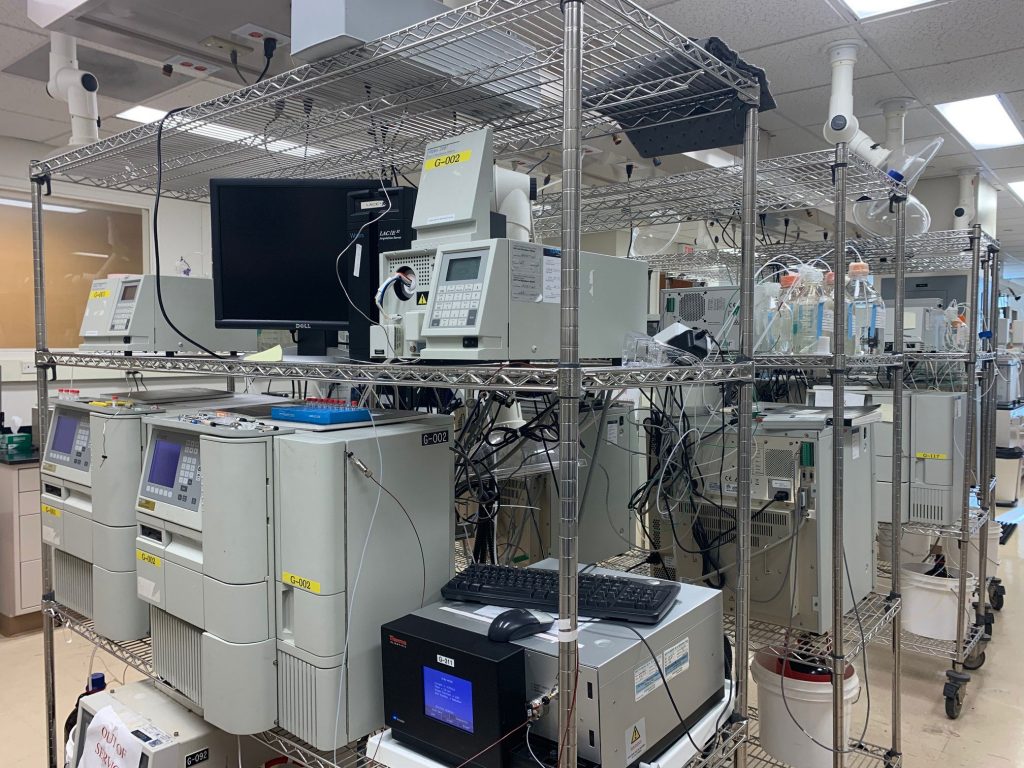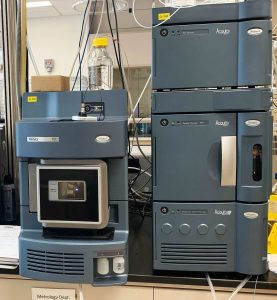Heart failure is the leading cause of hospitalization of people in the United States, affecting more than 10% of people over the age of 65. Although the 90-day mortality after treatment is 30%, no new therapies for this condition have been approved for acute care settings in nearly 20 years. Existing agents to improve function have rate-limiting side effects, such as increased arrhythmias and drops in blood pressure that can harm patient outcomes.
Windtree Therapeutics aims to resolve many of these issues with istaroxime, a dual-action therapy. Uniquely, the drug accomplishes both SERCA2a activation and Na+/K+-ATPase inhibition to improve heart function.
Drug development for acute heart failure has often been challenging, notes Craig Fraser, Windtree’s president and CEO. But there are also positive developments. Antihyperglycemic therapies, for example, have shown some promise in adults with heart failure, with or without diabetes. Another positive development, Fraser emphasizes, is Windtree’s istaroxime. He says that it has a favorable clinical profile, and that it has received Fast Track designation from the FDA.
How istaroxime works
“Istaroxime is a novel, first-in-class, dual-acting agent,” Fraser says. “In the systolic phase, it increases the force of the heart muscle contraction by Na+/K+-ATPase. In the diastolic phase, the SERCA2a mechanism increases heart muscle relaxation between heartbeats.”
The heart muscle relaxes more because istaroxime essentially removes Ca2+ from the cardiac tissue. Increasing muscle relaxation enables the heart chamber to have a greater fill volume of blood for the next contraction.

Fraser asserts that this approach eliminates rate-limiting side effects and has a good safety profile so far. Specifically, a Phase IIb study of 120 patients who received a 24-hour infusion of istaroxime exhibited improved cardiac function so that filling pressures in the heart were lowered and each heartbeat pumped more blood. Notably, blood pressure was maintained or increased. These effects are desirable in cardiac failure given the need to increase perfusion to the body and organs. “The kidneys also tend to work better when blood pressure is maintained or higher,” Fraser remarks.
This improvement in cardiac function decreased the heart rate, thus making the heart work more efficiently. “Studies have shown no increase in clinically significant arrhythmias and no abnormal levels of troponin (a cardiac tissue-death marker),” Fraser adds.
Another Phase IIb study is planned to begin mid-2022. It will enroll approximately 300 patients who will receive istaroxime infusions for longer than 24 hours. Multiple outcomes will be studied. Fraser says that the company ultimately wants to see primary Phase III endpoints associated with shortening hospital stays and reducing hospital readmissions. Partnering for Phase III is an option.
More indications
A therapy for cardiogenic shock also is in active development. “In this area, the heart is failing and lacks the ability to adequately pump blood to key areas of the body, impairing vital organs,” Fraser explains. “Systolic blood pressure crashes into the 70s or lower (compared to a normal level of about 120 mmHg), and mortality is 30 to 40%, so physicians need to reverse this downward trend in their patients very quickly.
“The FDA set a precedent for dealing with distributive shock (such as septic shock) and approved an agent for it in which the primary endpoint was to significantly increase systolic blood pressure without causing harm. That precedent may be applied to cardiogenic shock as well.”
Windtree’s Phase II work in acute heart failure patients showed that istaroxime increases systolic blood pressure by about 15 mmHg at the higher dose. In shock, when blood pressure can be in the 70s, this would constitute a dramatic improvement.
Fraser says that he expects to have data from this trial by the end of the first quarter of 2022. Whether the data actually becomes available by then will depend on whether a surge of COVID-19 cases occurs that affects trial sites in the United States, Italy, and Eastern Europe.
Pandemic-related disruptions of clinical trials conducted by hospitals represent a serious challenge for biopharmaceutical companies, Fraser says. Windtree believes that this challenge can be overcome if trial sites are geographically dispersed. Of course, the trial sites also need experience in shock. The work of qualifying and coordinating multiple sites can be simplified with the assistance of a global contract research organization.

In preclinical trials, Windtree is developing an oral version of istaroxime (for patients with heart failure with preserved ejection fraction). “This condition represents about 44% of all heart failures,” Fraser points out. “It particularly affects women with fibrotic hearts, which are stiffer and don’t relax well.”
Windtree is also developing a lung surfactant called KL4 surfactant. An aerosolized version of the KL4 surfactant called Aerosurf is being evaluated for its ability to help premature babies breathe without the trauma of a ventilator and traditional surfactants. Aerosurf is also being evaluated in adults with COVID-19-associated lung injury who are intubated and on mechanical ventilation.
Tackling difficult work
As Windtree advances its pipeline, what stands out, Fraser says, is the company’s culture. “Nearly every CEO says this,” he admits, “but I really mean it.” He relates that Windtree’s culture compares favorably with any other institutional culture he has experienced. “I’ve been in small startups and run some of the biggest businesses within Johnson & Johnson, Wyeth, and others,” he says. Fraser’s experience also includes years of service in the U.S. Army and the U.S. Marine Corps.
Fraser joined Windtree in 2016. “One year later, we had a really tough situation that would have put the vast majority of companies out of business,” he recalls. “We had $2 million in cash and $39 million in debt obligations.” Then its Phase IIb trial missed its endpoints.
“Despite the uncertainty, nobody left the company,” he continues. “We found a way to survive.” The company closed an all-stock merger agreement with CVie Therapeutics, a developer of therapies for heart diseases. Windtree also completed a $39 million private placement of common stock.
“Since coming out of our reverse merger, the shareholder base is shifting,” Fraser notes. “Right now, we have a lot of retail shareholders who are more responsive to certain things like anticipating near-term news. Next, we want to add more long-term healthcare investors, too. Long-term, we want to partner on our heart failure products with a capable pharmaceutical company.”
Windtree’s focus is placed firmly around critically ill patients. As Fraser says, “We have multiple shots on goal. They’re tough shots, but we have the potential for big upsides and have a great team working with novel assets.





